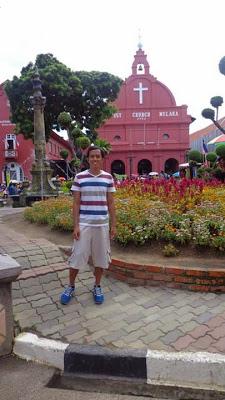
Melaka was a major port for trade in the region, because of its strategic location it has also attracted the attention of colonizers namely the British and the Dutch.
The Heritage Town
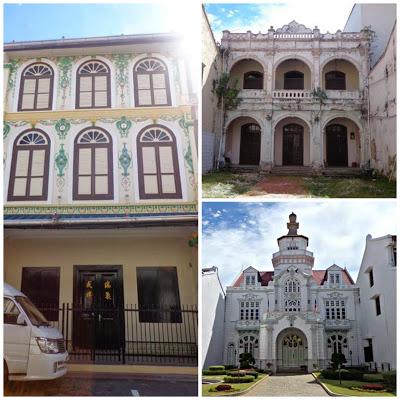
As soon as I got off the bus from Singapore, I went right into wandering. Melaka has a rich history and an amazing mix of cultures, the mix is a recurring theme wherever I went in Malaysia. There were Indians, Chinese, and Malays in this UNESCO Heritage Town. The most prominent mix was the Babas and the Nyonyas.
When the Chinese arrived, they were given a choice to stay or return to China. The Chinese that chose to stay intermarried with the locals and were later called the Babas and the Nyonyas. The Babas and the Nyonas grew in influence and affluence. Erecting grand houses and had furniture imported from different parts of the world. Their influence was not only felt in architecture and business, they also left distinctly Baba and Nyonya dishes that are well-known throughout Malaysia.
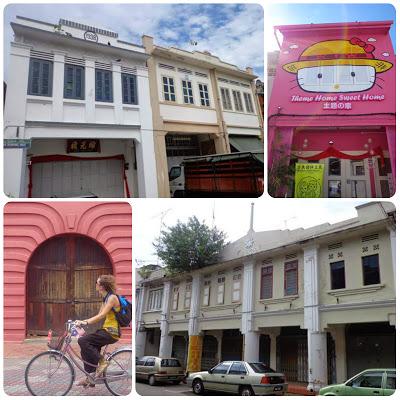
The buildings and houses in this Heritage Town reminded me of an old Chinese film in the 60s. There were houses that were restored and preserved that dated back all the way to the 40s. I liked walking down these streets during my stay in Malacca, it was like time traveling.
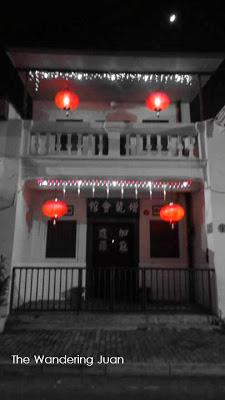
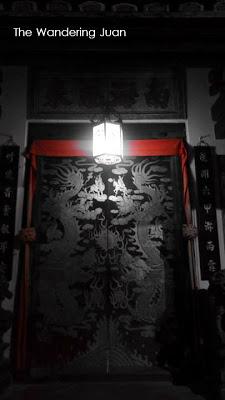

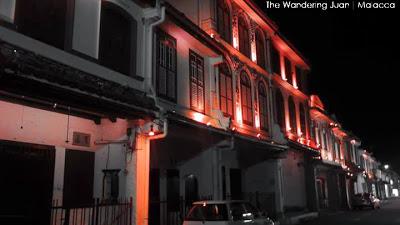
The houses were lit with red lights and lanterns at night. I did not know the reason behind this, but I actually liked it. It was like walking into an intimate room with a friend waiting inside.
The Malacca River
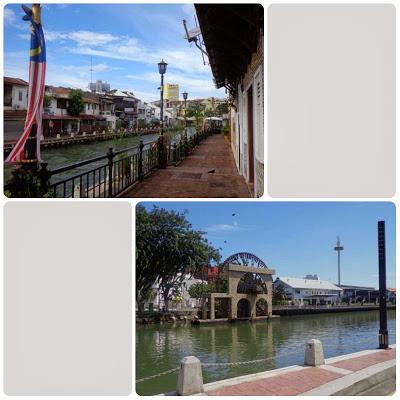
The Malacca River holds a significant part in Malaysia's history. This river was home to several traders from different parts of the world.
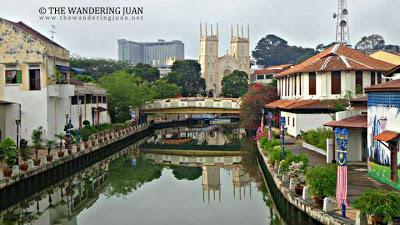
Many merchants and traders pass through this river for trade.
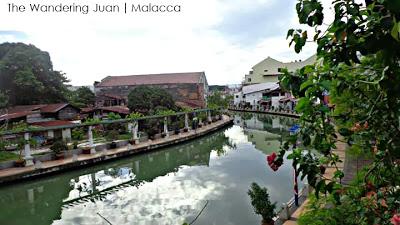
Walking along the river while looking at the artwork on the buildings was quite relaxing. Malacca is a small and peaceful town that has a rich history. I took the night cruise for 15 MYR, it wasn't anything special so I was a bit disappointed.
The Dutch Square
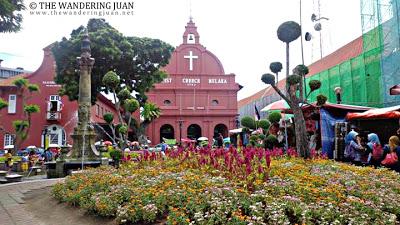
Malacca was also a former colony of the Dutch. The Dutch conquered Malacca for more than a hundred years.
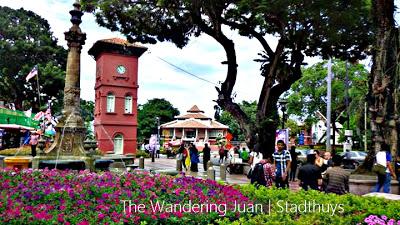
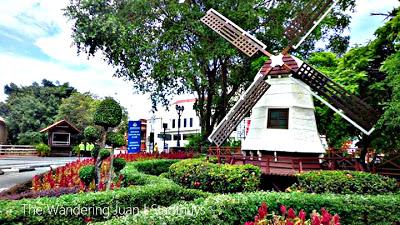
I saw the influence of the Dutch in the buildings and the religion of some of the people.
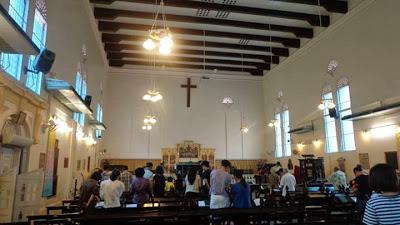
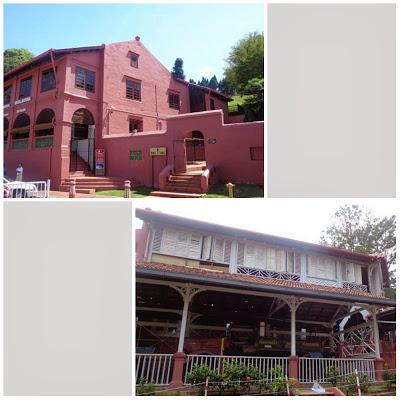
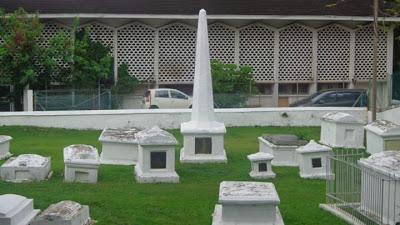
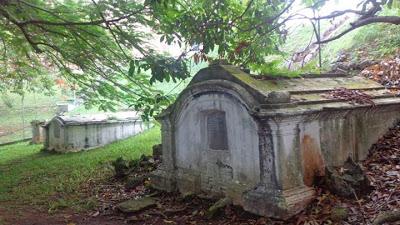
The Dutch Cemetery was a solemn place to walk around in. Some of the Dutch settlers died of Malaria, because their bodies were not used to the weather and the disease was something they have yet to encounter.
St. Paul's Hill
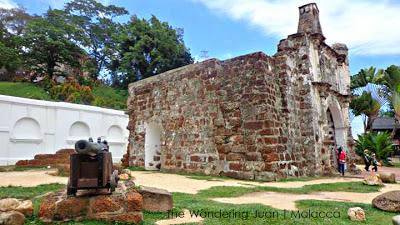
My feet led me to A Famosa Fort somewhere at the foot of St. Paul's Hill. This small fort was constructed by the Portuguese back in 1511.
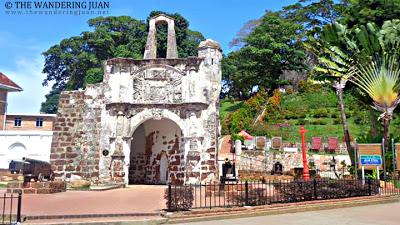
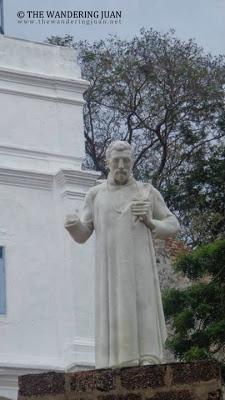

The scorching heat of the sun pelted my skin with its rays, but that didn't stop me from climbing up St. Paul's Hill. As you can see, the statue's hand is missing.
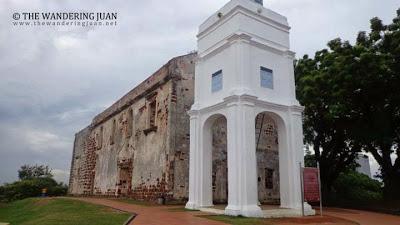
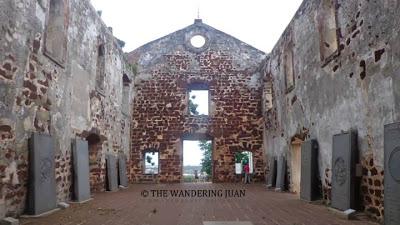
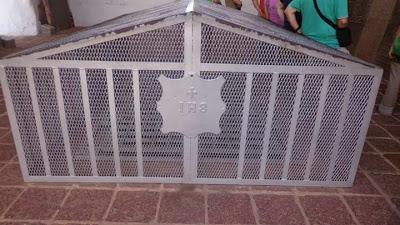
St. Francis Xavier's corpse was temporarily placed inside this old and ruined church.
Malacca's Soul
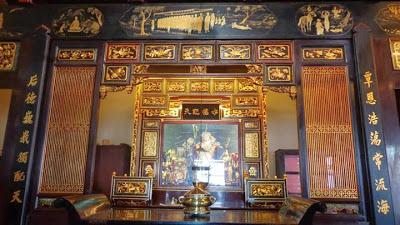
Malacca's amalgamation of colonizers and races gave it a distinct aura. This state's soul is a mix of different religions such as Christian, Hindu, Muslim, and Buddhist.
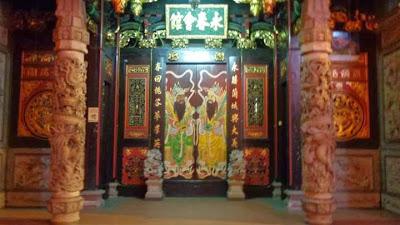
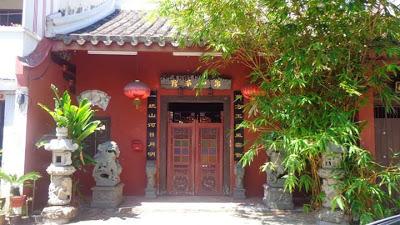
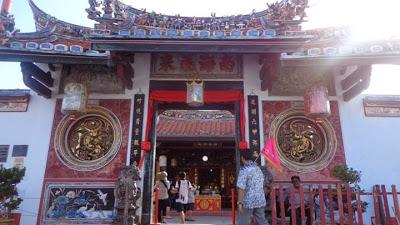
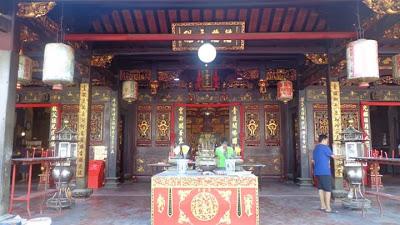
The many temples found in Malacca is a testament to the Chinese's influence in this part of the world. The most prominent temple in this UNESCO Heritage Town is Cheng Hoon Teng.
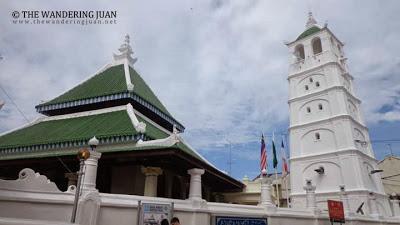
Malacca also has an Islamic background. There is a mosque at the heart of the city that was built back in the 1700s.

The Indians also built their house of worship in Malacca.
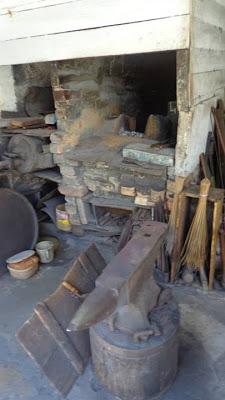
One of the main professions back in Malacca's heyday was being a blacksmith. This slowly dying profession harkens back to Malacca's days as one of the focal points of trade. There were many houses along one particular street that were once homes to many prominent blacksmiths. Now, there was only one family left that still practices this profession.
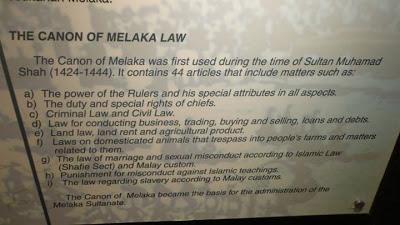
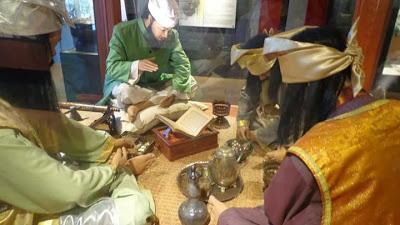
Like most nations in Asia just before the colonizers came, Malacca was a thriving society that had its own laws, form of government, and trade.
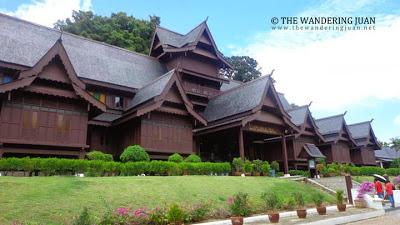
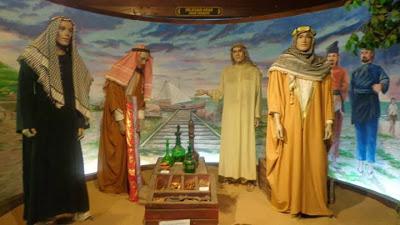
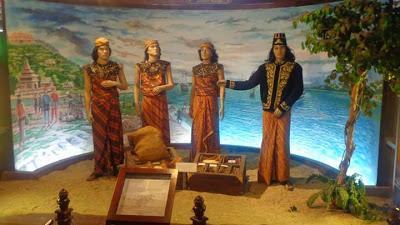
Many traders from the Middle East, China, Java, and other races converged along the Straits of Malacca even before the Dutch, Portuguese, or British came.
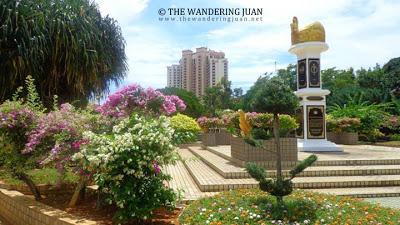
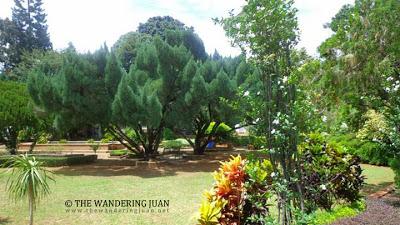
There was a nice garden just in front of the Sultan's Palace.
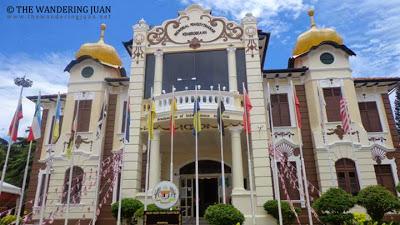
There were also a lot of museums just in Malacca. The history of the city and its prominent figures were on full display in this small historical city.
Art in the Streets
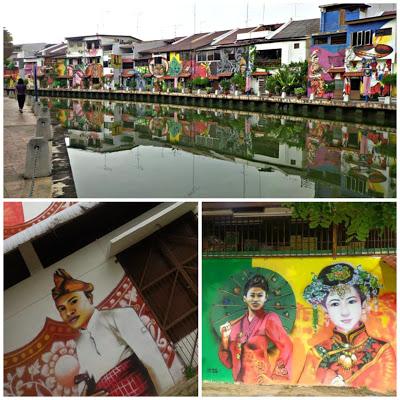
Malacca also had a lot of interesting artwork on walls of buildings.
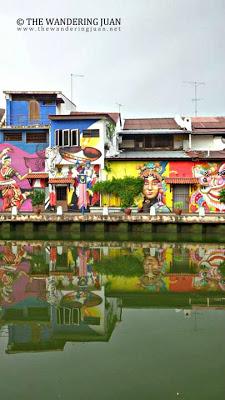
The paintings depicted Malacca's rich cultural heritage and history.
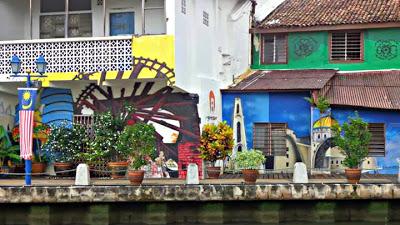
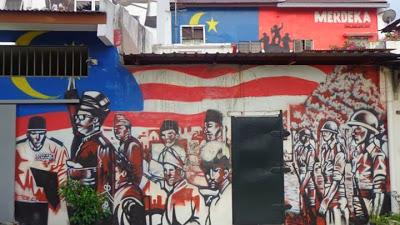
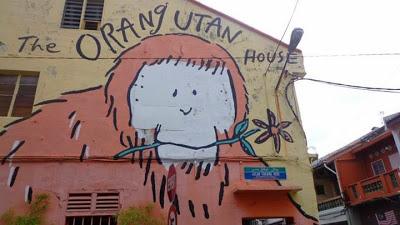
From what I've heard from fellow travelers and other locals, Malacca is trying to position itself as the Venice of Malaysia. I've never been to Venice, but I think it's a lofty goal to pursue.
Bonkers in Jonker Street

A trip to Malacca would be incomplete without stopping by the night market during the weekends.
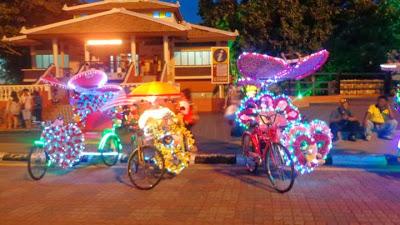

Jonker Street lights up and is suddenly cramped with shops and people at night during the weekends.
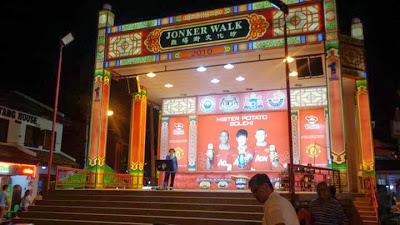
There was this weekly singing contest at the corner of Jonker Street. The singers were mostly old people and they only sang Chinese songs.
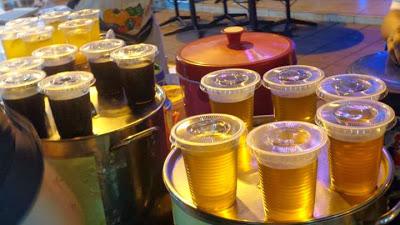
There were sweet drinks sold in one of the stalls along Jonker Street. I didn't think that I would be able to use the basic Mandarin I knew, but I ended up using it. Luckily, the Malaysian-Chinese knew some Mandarin.
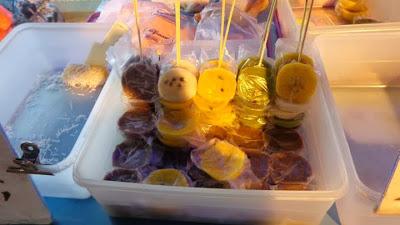
I tried one of these sweet desserts, it wasn't bad but nothing to write home about. I walked around the night market with my new-found Korean friend. He was nice enough to treat me to a meal since it was customary for older Koreans to treat younger friends or relatives.
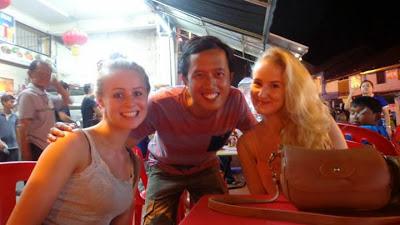
I met two lovely ladies from Scotland during my stay in Malacca. We ended up staying in the same hostel, they were sisters traveling together through Southeast Asia.
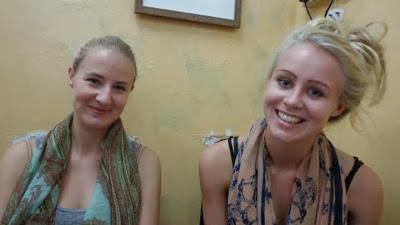
I couldn't pass up having lunch with them the day before I left. Who would've thought that I would learn something about Scotland during my stay in Malacca. Cheers to new friends and more adventures.

